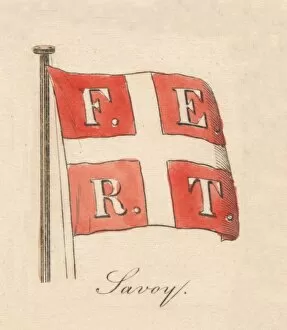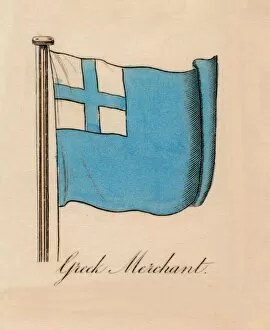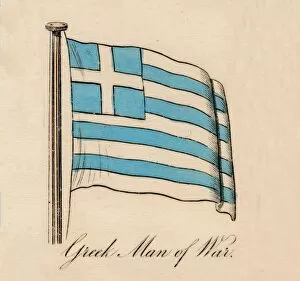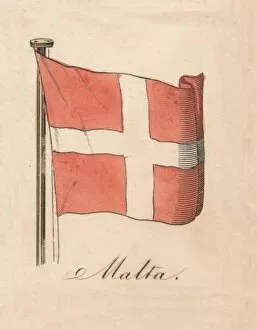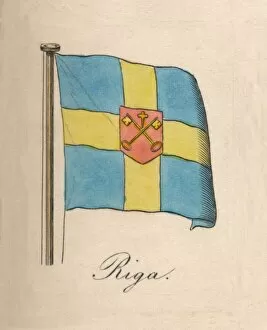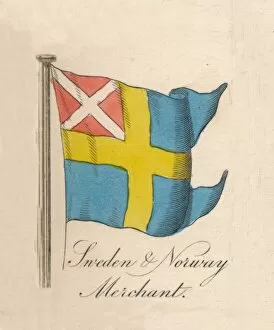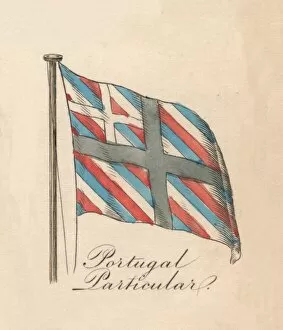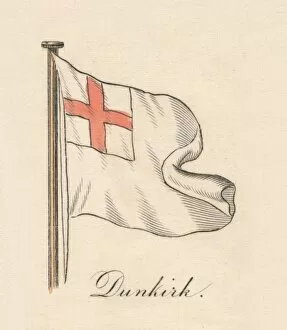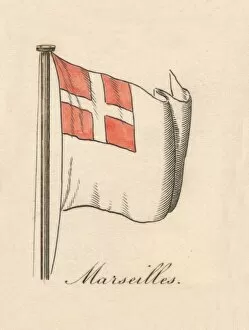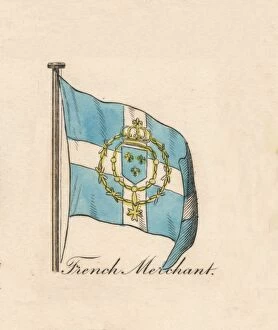Symmetric Cross Collection
The symmetric cross, also known as the Savoy Cross, has a rich history dating back to 1838
For sale as Licensed Images
Choose your image, Select your licence and Download the media
The symmetric cross, also known as the Savoy Cross, has a rich history dating back to 1838. This captivating symbol first appeared on various ships of that era, including the Greek Merchant and Greek Man of War vessels. Its presence was not limited to Greece alone; it could be found adorning ships from different regions such as Malta, Riga, Sweden & Norway Merchant, and even Bergen in Norway. During this time period, the Danes embraced a new version of their national flag called the Danes New symmetric cross. It became a common sight among Danish merchants sailing across oceans and seas. The symmetry of this cross design represented unity and balance for these seafaring nations. In 1838, both Sweden and Norway proudly displayed their own versions of the symmetric cross - the Sweden & Norway Merchant and Standard flags respectively. These symbols showcased their shared heritage while distinguishing themselves as individual entities. Not only did this iconic emblem find its place on maritime vessels but it also extended its influence inland. Cities like Sardinia and Genoa adopted variations of this symmetrical motif within their local culture during this period. The year 1838 marked an important milestone for those who admired the beauty and significance behind the symmetric cross. Whether seen fluttering atop majestic ships or gracing city streets with its harmonious lines, it served as a reminder of historical connections between nations while representing strength through balanced design.

